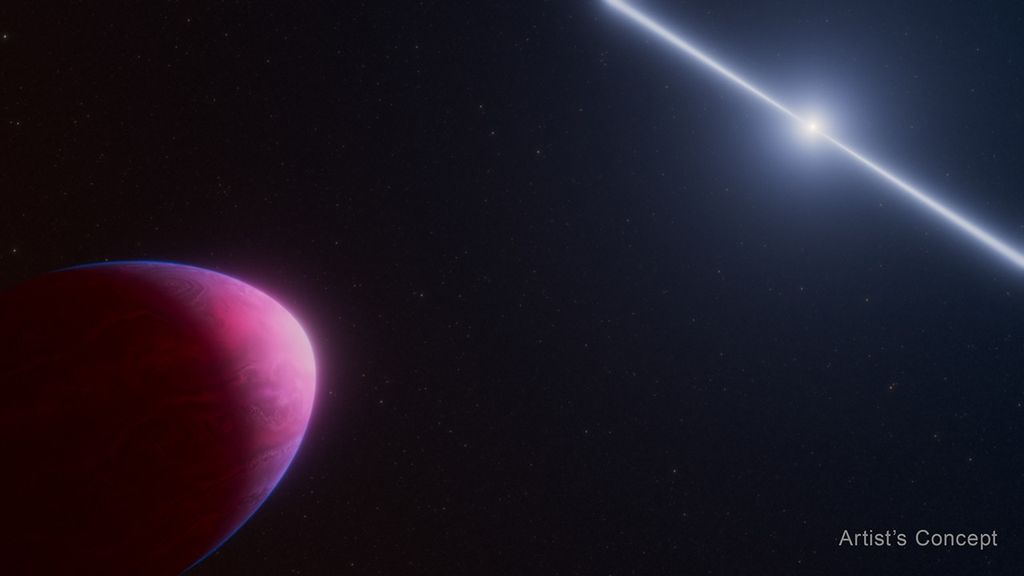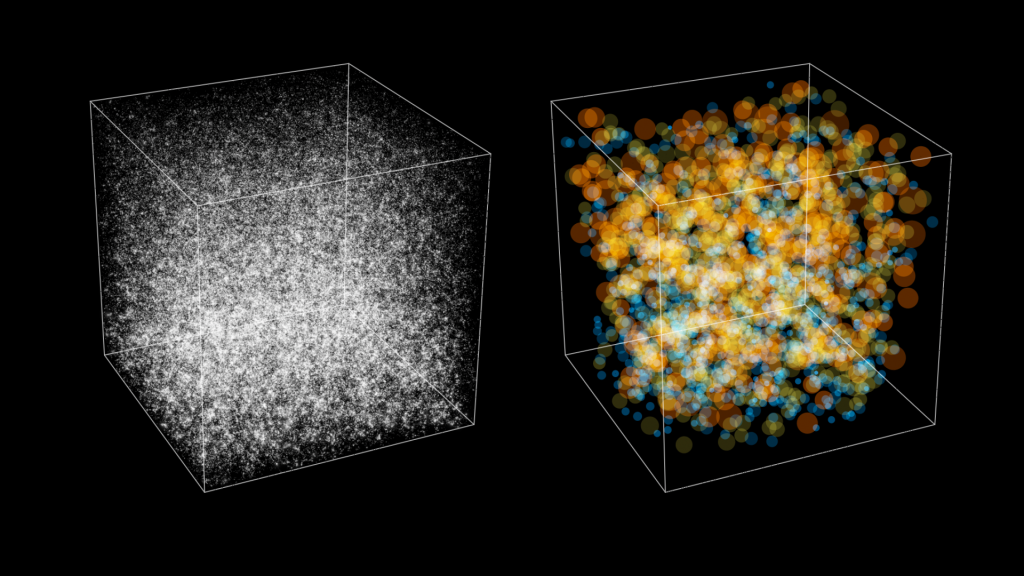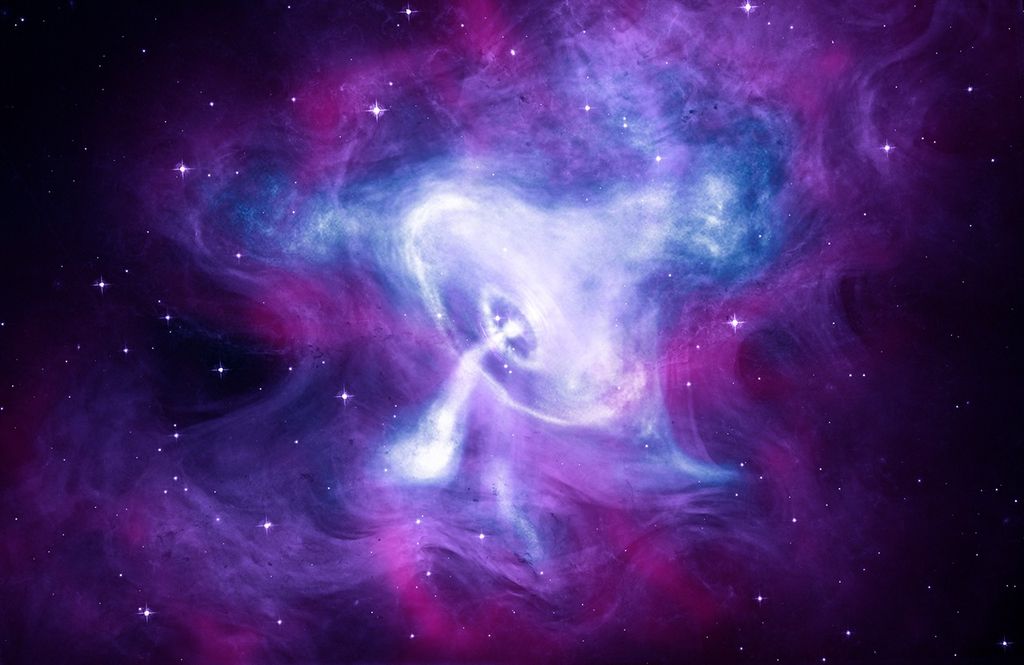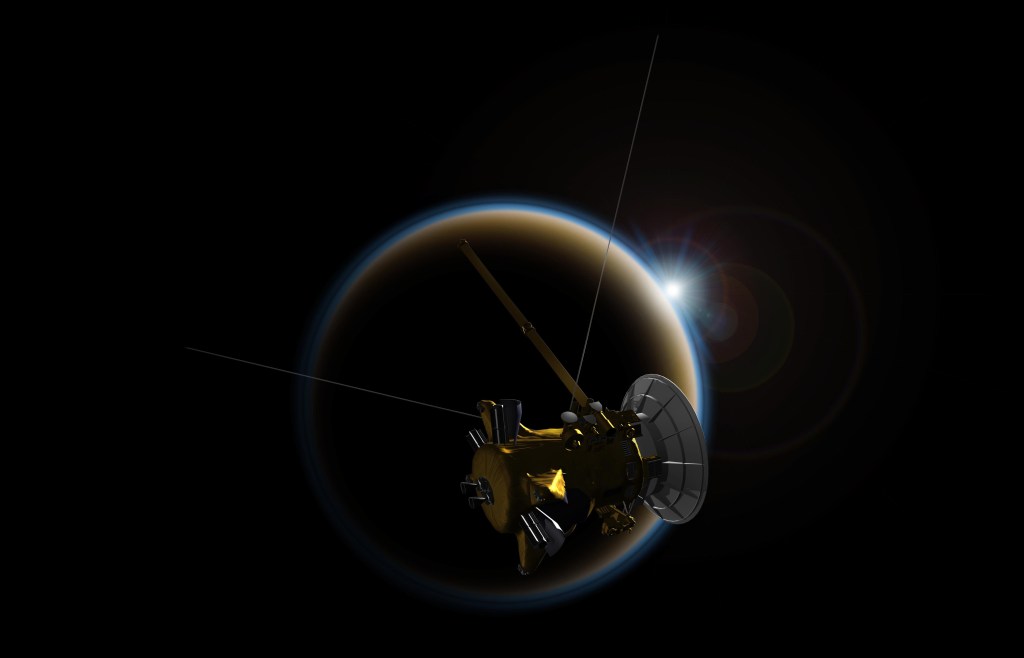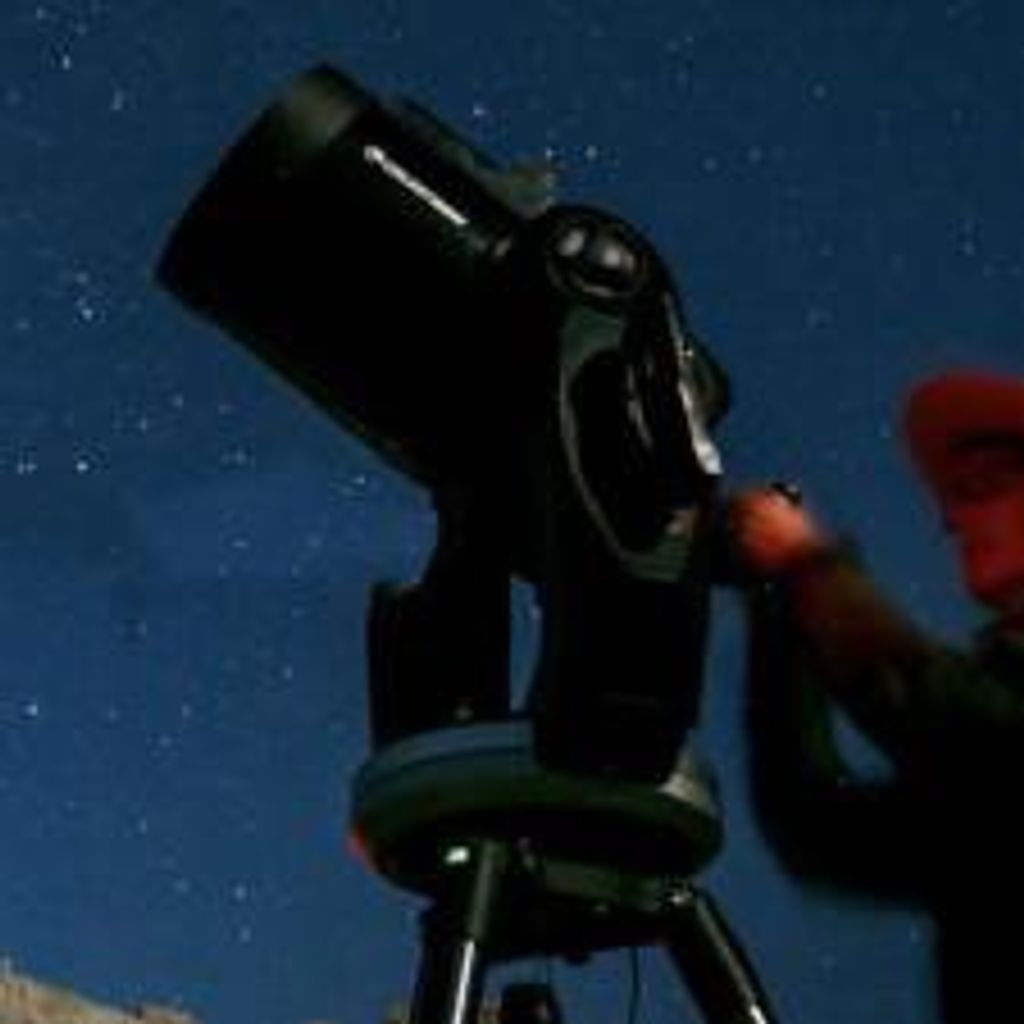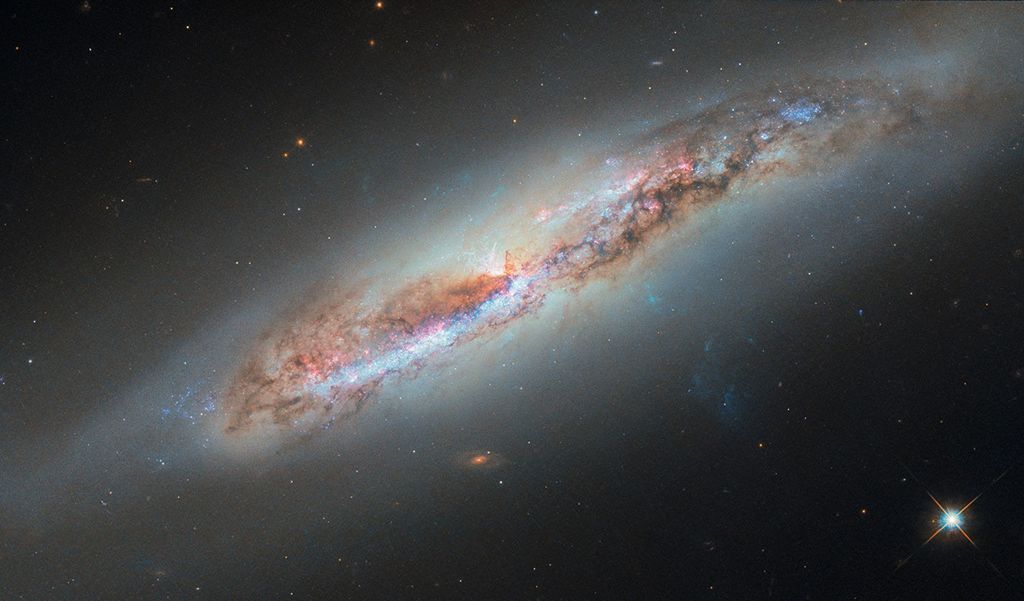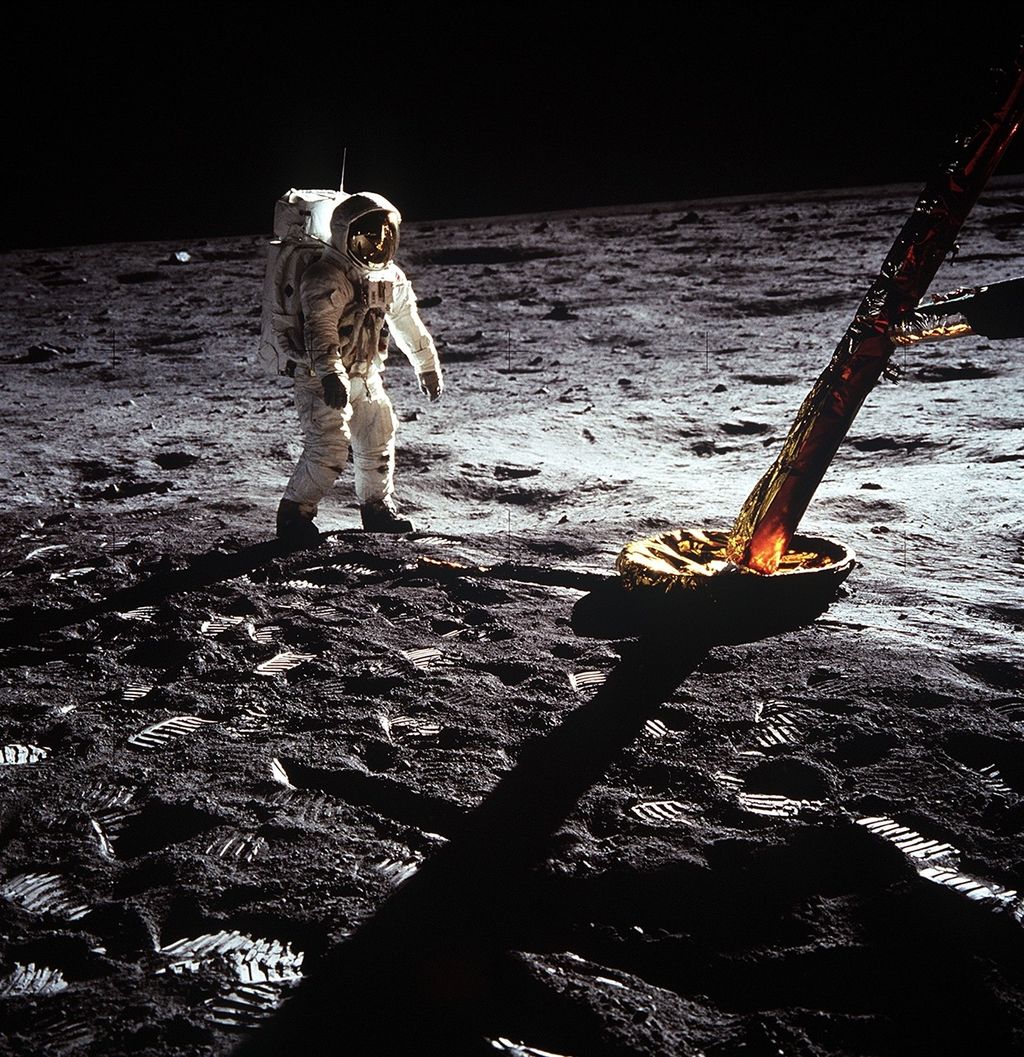1 min read
Compass and Scale Image for Horsehead Nebula
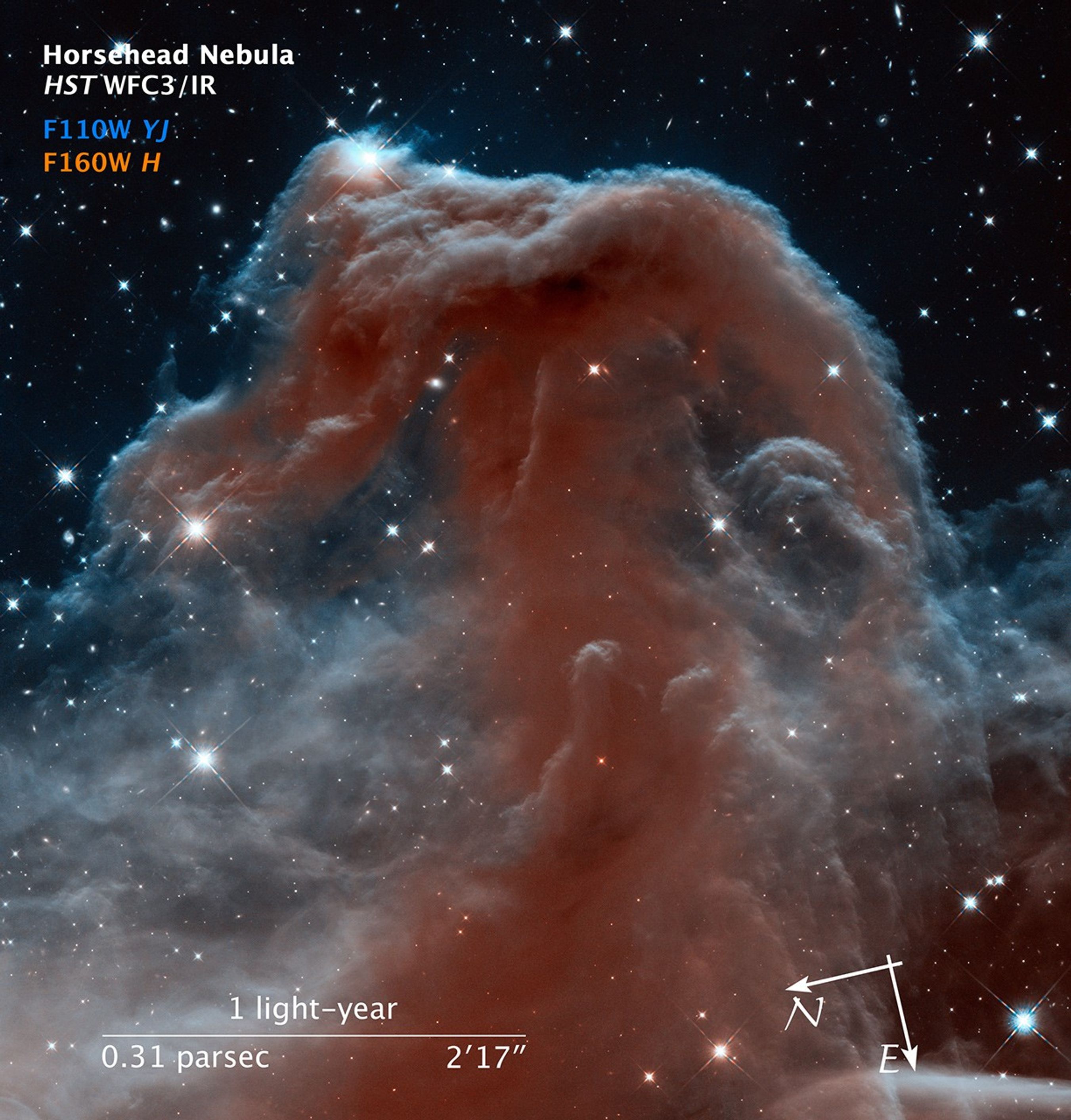
About the Object
- R.A. PositionR.A. PositionRight ascension – analogous to longitude – is one component of an object's position.05h 40m 58.99s
- Dec. PositionDec. PositionDeclination – analogous to latitude – is one component of an object's position.-2° 27' 29.88"
- ConstellationConstellationOne of 88 recognized regions of the celestial sphere in which the object appears.Orion
- DistanceDistanceThe physical distance from Earth to the astronomical object. Distances within our solar system are usually measured in Astronomical Units (AU). Distances between stars are usually measured in light-years. Interstellar distances can also be measured in parsecs.1,600 light-years (490 parsecs)
About the Data
- Data DescriptionData DescriptionProposal: A description of the observations, their scientific justification, and the links to the data available in the science archive.
Science Team: The astronomers who planned the observations and analyzed the data. "PI" refers to the Principal Investigator.The image was created from Hubble data from proposal 12812: Hubble Heritage Team: PI: Z. Levay, J. Mack, J. Sokol, T. Borders, M. Mutchler, W. Januszewski, M. Livio, C. Christian, and L. Frattare (STScI); and K. Noll (NASA/GSFC). - InstrumentInstrumentThe science instrument used to produce the data.HST>WFC3/IR
- Exposure DatesExposure DatesThe date(s) that the telescope made its observations and the total exposure time.October 22, 2012 - November 7, 2012
- FiltersFiltersThe camera filters that were used in the science observations.F110W (YJ) and F160W (H)
- Object NameObject NameA name or catalog number that astronomers use to identify an astronomical object.Horsehead Nebula, Barnard 33
- Object DescriptionObject DescriptionThe type of astronomical object.Dark Nebula; Dimensions: 5.75 arcminutes (2.5 light-years or 0.8 parsecs) wide.
- Release DateApril 19, 2013
- Science ReleaseHubble Sees a Horsehead of a Different Color
- Credit

This image is a composite of separate exposures acquired by the WFC3/IR instruments. Two filters were used to sample different infrared wavelength bands. The color results from assigning different hues (colors) to each monochromatic (grayscale) image associated with an individual filter. In this case, the assigned colors are: Cyan/blue: F110W (YJ) Red/orange: F160W (H)
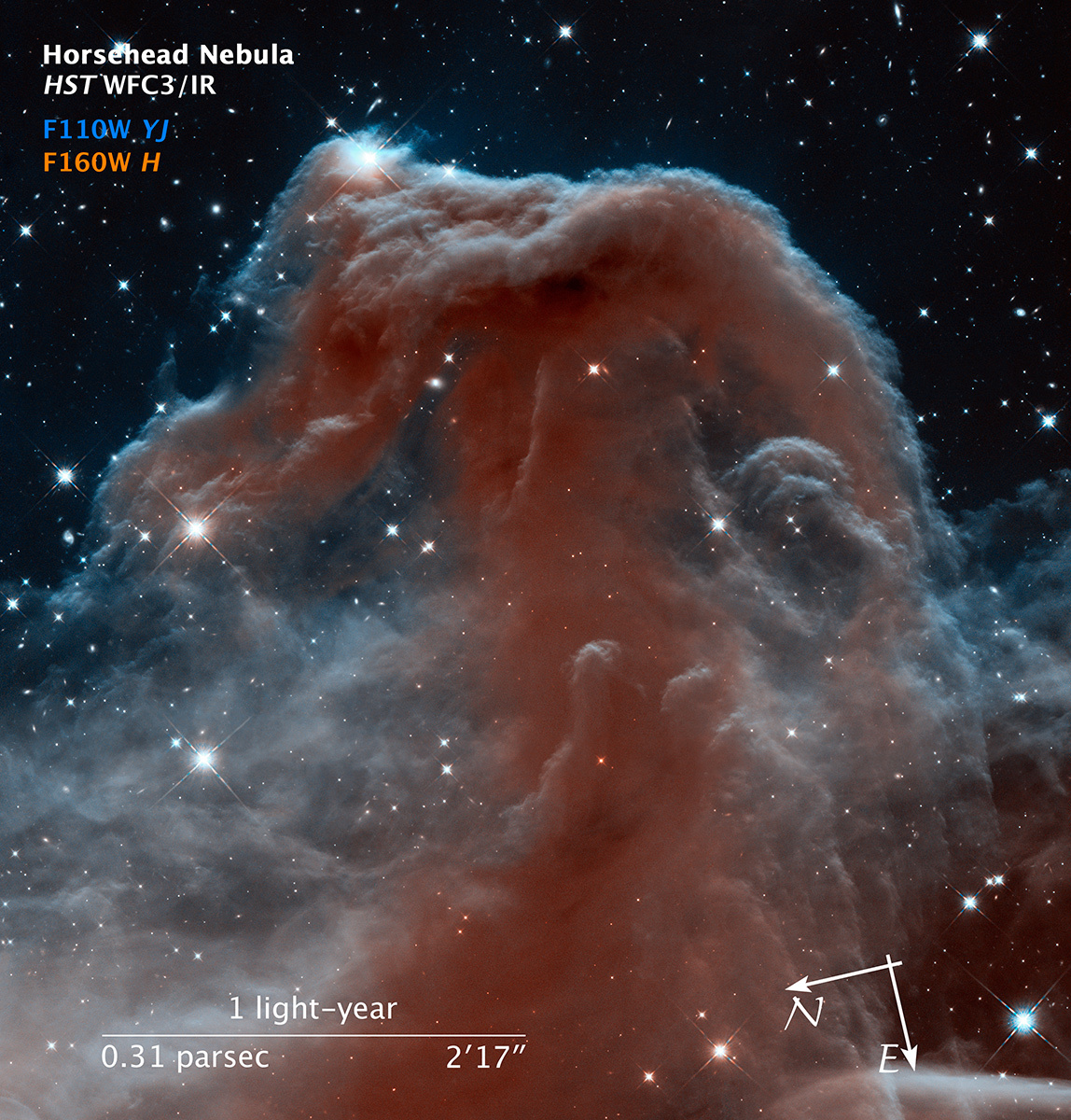
Related Images & Videos

Hubble Sees a Horsehead of a Different Color
Looking like an apparition rising from whitecaps of interstellar foam, the iconic Horsehead Nebula has graced astronomy books ever since its discovery over a century ago. The nebula is a favorite target for amateur and professional astronomers. In this new Hubble Space Telescope...
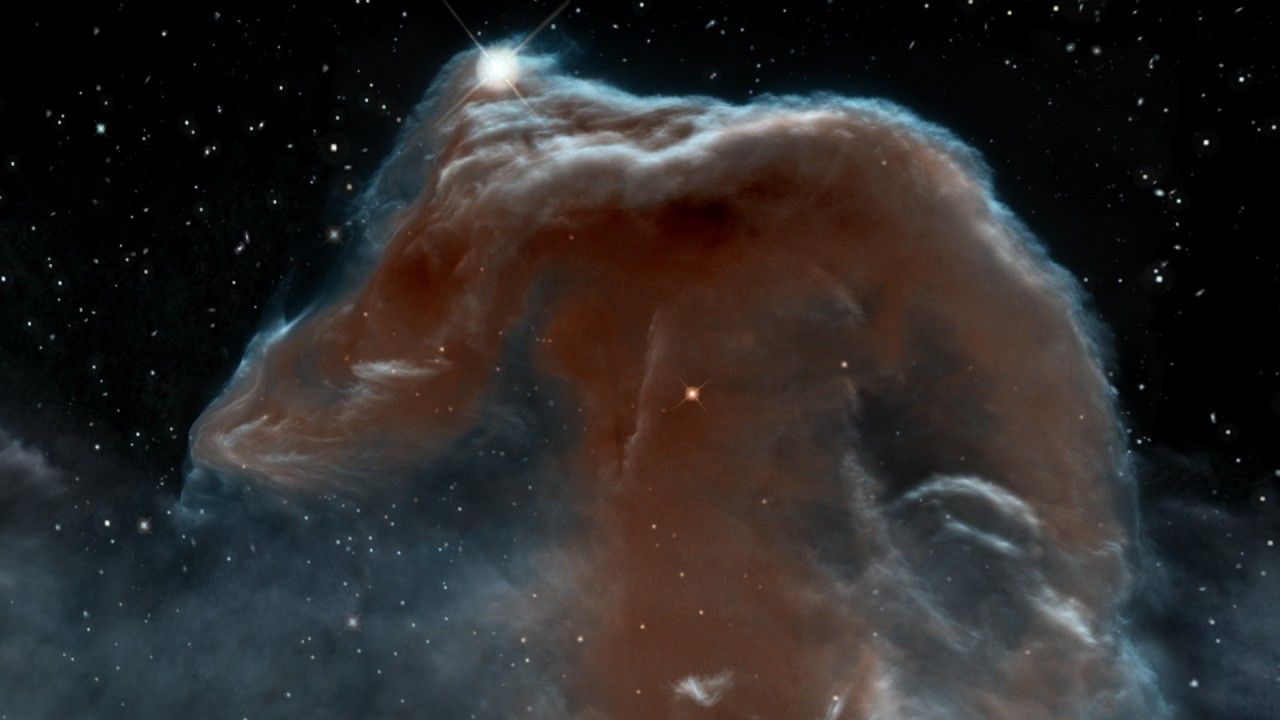
Horsehead Nebula: Visible Zoom to Infrared Fly-in
This movie begins with a visible-light zoom into the Horsehead Nebula and a cross-fade to an infrared-light view. The sequence starts with a wide-field, ground-based view of the Orion constellation along with the bright stars Sirius (lower center) and Procyon (upper center). The...
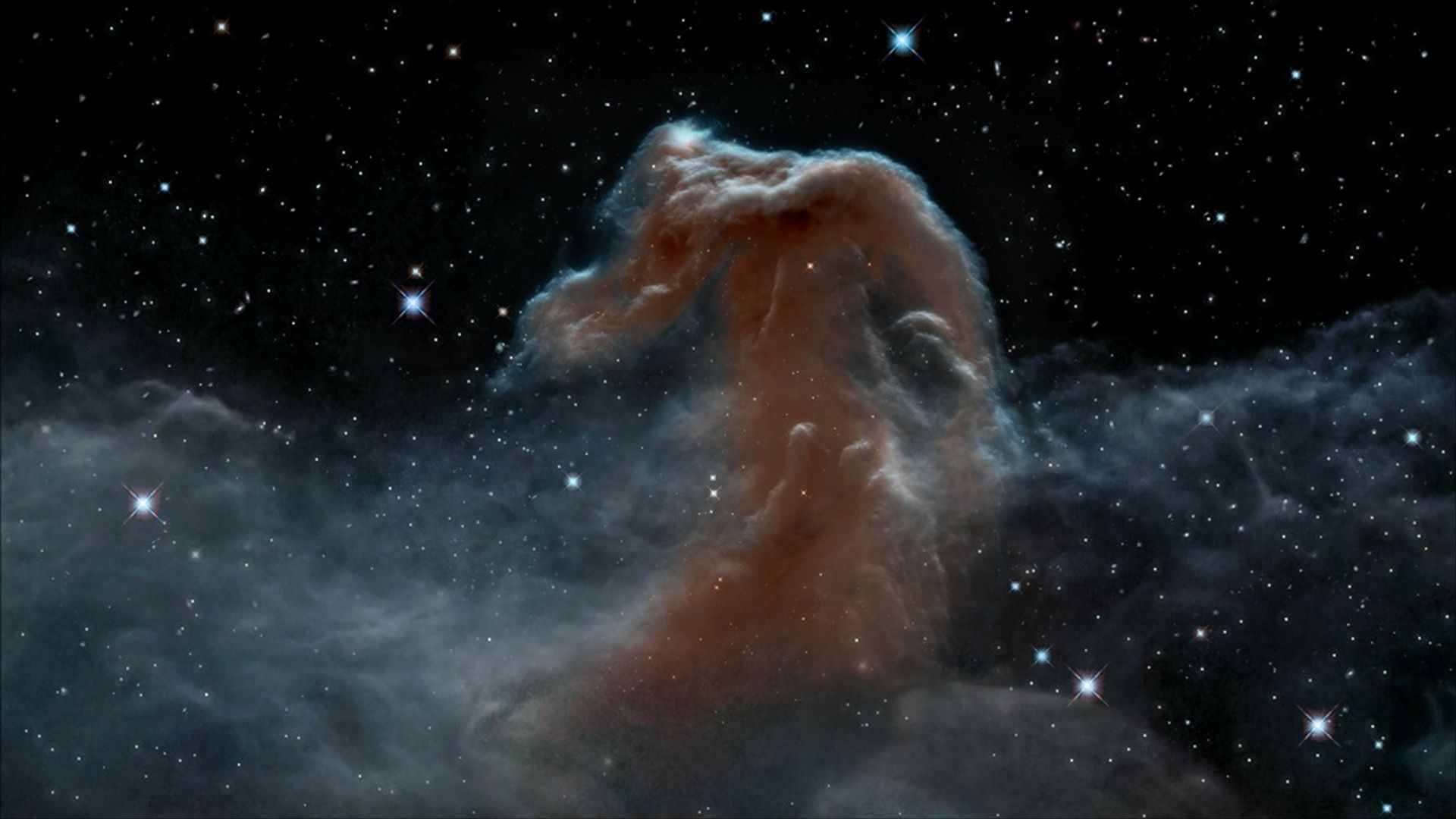
The Gaseous Landscape of the Horsehead Nebula in Infrared
This video presents a scientific visualization of the Horsehead Nebula as seen in infrared light. To fill out the widescreen frame, the central Hubble image has been augmented by ground-based observations from the European Southern Observatory's Visible and Infrared Survey...
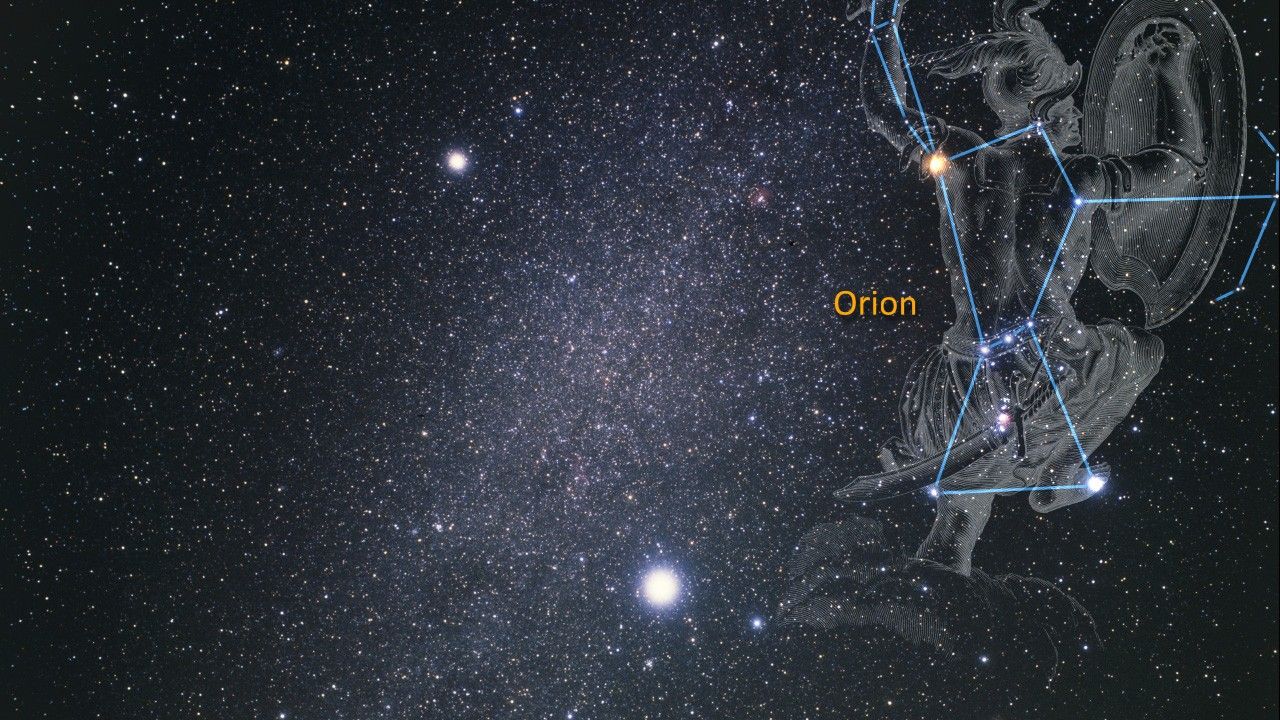
Horsehead Nebula: Visible Zoom to Infrared Image
This movie presents a visible-light zoom into the Horsehead Nebula and a cross-fade to an infrared-light view. The sequence starts with a wide-field, ground-based view of the Orion constellation along with the bright stars Sirius (lower center) and Procyon (upper center). The...
Share
Details
Claire Andreoli
NASA’s Goddard Space Flight Center
Greenbelt, Maryland
claire.andreoli@nasa.gov


